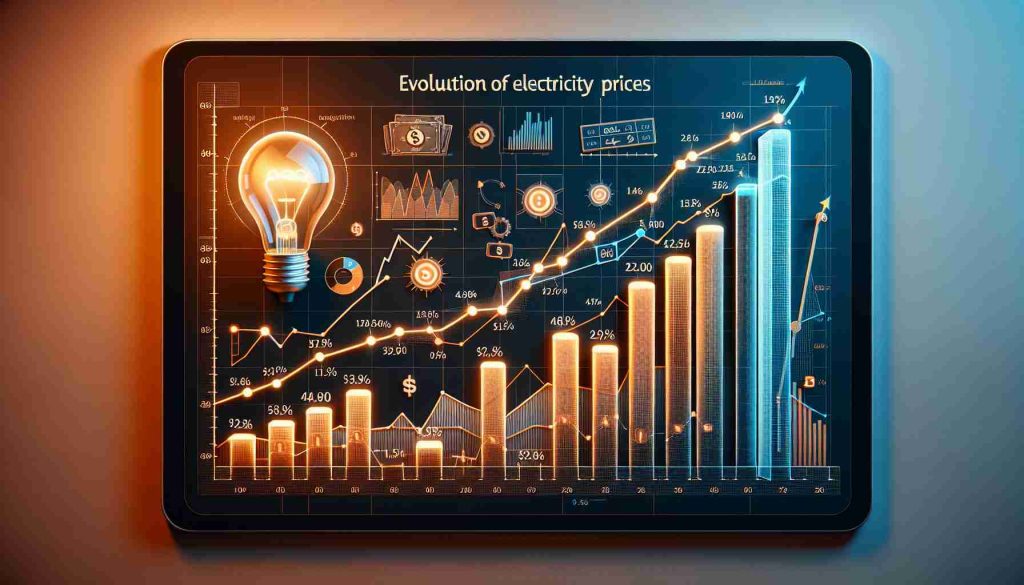Innovative Strategies Shape Price Movements
The electricity market is experiencing dynamic changes in pricing structures, driven by groundbreaking strategies that are reshaping the industry landscape. Today’s market reflects a departure from traditional pricing norms, as new measures are implemented to address evolving consumer needs and market demands.
Fluctuating Price Patterns
Price variations are evident in the latest data, showcasing a range of fluctuations throughout the day. From early morning to late evening, consumers witness a spectrum of prices per kilowatt-hour, indicating a diverse pricing model that adapts to changing consumption patterns and supply dynamics.
Embracing Technological Advancements
Technological advancements play a pivotal role in these shifting price trends, with innovative solutions driving efficiency and cost-effectiveness. The integration of smart technologies and sustainable practices is revolutionizing the energy sector, offering consumers new opportunities to engage with electricity markets in a more transparent and engaging manner.
Redefining Energy Consumption
As we navigate this era of transformation, the way we consume and interact with energy is undergoing a fundamental shift. Consumers are empowered with greater control over their energy usage, enabling them to make informed decisions that align with their values and preferences. This evolving landscape signifies a new chapter in the electricity market, one that is defined by adaptability, sustainability, and consumer-centric strategies.
New Developments Shaping Electricity Prices
In addition to the ongoing innovative strategies shaping price movements in the electricity market, there are several emerging trends that are influencing pricing dynamics. One notable factor is the increasing integration of renewable energy sources into the grid, leading to fluctuations in pricing based on the availability of solar and wind power. The rise of distributed energy resources, such as rooftop solar panels and energy storage systems, is also contributing to pricing variability as consumers generate their own electricity and interact with the grid in novel ways.
Mitigating Price Volatility
One of the key questions that arises in light of fluctuating electricity prices is how stakeholders can effectively mitigate volatility and ensure stability in the market. Strategies such as demand response programs, which incentivize consumers to adjust their energy usage during peak times, can help balance supply and demand and alleviate price spikes. Additionally, grid modernization efforts, including investments in grid infrastructure and energy storage technologies, are aimed at enhancing grid reliability and minimizing price fluctuations.
Challenges and Controversies
Despite the benefits of evolving electricity price trends, there are also challenges and controversies associated with these changes. One major challenge is the potential impact on low-income and vulnerable populations, who may face affordability issues as prices shift based on market conditions. Controversies surrounding pricing mechanisms, such as dynamic pricing models that can lead to higher costs for consumers during peak periods, raise questions about equity and fairness in the electricity market.
Advantages and Disadvantages
The evolving trends in electricity prices present both advantages and disadvantages for consumers and industry stakeholders. On the positive side, the integration of renewable energy sources and technological advancements can lead to a more sustainable and efficient energy system, promoting environmental goals and reducing reliance on fossil fuels. However, pricing volatility and uncertainty may pose challenges for consumers in planning their energy budgets and could create barriers to widespread adoption of clean energy technologies.
For more information on the evolving trends in electricity prices and their impact on the energy sector, visit International Energy Agency.










More Stories
Game-Changer in Delivery! Glovo’s Bold Move Stuns Spain
Maximizing Returns Beyond Treasury Bonds
Exploring the Rising Trends in European Banking